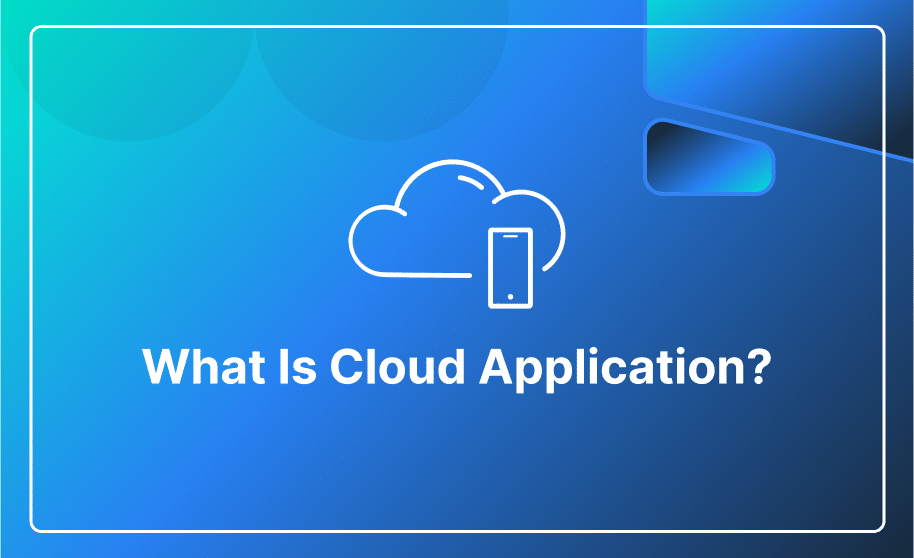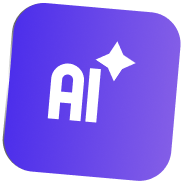AI is quickly making business decisions by analyzing input from diverse sources, like customer input or collected data. It can function as a chatbot, integrate into mobile and web applications, and improve analytical tools to identify patterns for process optimization, and much more. The potential of AI is vast as it can improve various processes without limits.
In this blog, we will explore what programming language is used for AI, which can benefit developers.
Python:
Python is the top programming language for artificial intelligence. It is well-known for Machine Learning, a critical part of AI.
Python has a large ecosystem of libraries and frameworks such as NumPy, Scikit-learn, and Matplotlib. These resources save time as they can be imported and used directly in projects, rather than building them from scratch. Python is also highly versatile, with applications ranging from developing neural networks and machine learning algorithms using frameworks like TensorFlow and PyTorch to do data analysis to discover patterns, trends, and relationships
Java:
Java is a versatile programming language for developing mobile, desktop, web, and cloud applications. It is known for its portability and platform independence allowing Java applications to run on any computer system with the Java Virtual Machine (JVM).
Java not only works with TensorFlow, but it also supports various other libraries and frameworks specifically designed for AI:
- Deep Java Library: Developed by Amazon to build Java’s deep learning capabilities.
- Kubeflow: Facilitates the deployment and management of Machine Learning stacks on Kubernetes.
- OpenNLP: A Machine Learning tool used for natural language processing.
- Java Machine Learning Library: Provides various Machine Learning algorithms.
JavaScript:
JavaScript is commonly used for developing dynamic and interactive web applications that run smoothly within web browsers. It functions primarily on the client side, directly within users’ browsers. Thus, it helps in performing a range of computational tasks and improving the efficiency of AI applications.
With the emergence of JavaScript-based frameworks like TensorFlow.js, Brain.js, and ConvNetJS, developers can easily integrate machine learning functionalities into their web development projects. These frameworks enable the training and deployment of machine learning models in the browser, opening up new possibilities for AI applications.
C++
C++ is another best programming languages for AI, which is well-known for its high execution speed and control over system resources, making it an ideal choice for developing AI applications that prioritize performance.
C++ can interact with machine learning libraries such as TensorFlow and PyTorch using bindings or APIs. While these libraries are mainly developed for use with Python, the option to access them from C++ allows developers to add advanced features to their applications without starting from scratch. C++ also supports parallel computing and multithreading capabilities, which is important for building high-performance AI applications.
R:
R is a programming language designed for statistical computing and data analysis. It has various data visualization libraries such as Ggplot2, Lattice, and Shiny that allow developers to easily generate graphs, charts, and other visuals from their data. Additionally, R has built-in functions like glm and lm for statistical modeling.
R also provides specific packages for AI tasks:
- gmodels: Offers tools for the model fitting task.
- TM: Used for text mining applications.
- RODBC: Provides an ODBC interface.
- OneR: Enables implementation of the One Rule Machine Learning classification algorithm.
Julia:
Julia is one of the recently added programming languages, designed with a focus on high-performance computing in scientific and technical domains. It offers several features specifically tailored for AI programming.
- Common numeric data types.
- Arbitrary precision values.
- Robust mathematical functions.
- Tuples, dictionaries, and code introspection.
- Built-in package manager.
- Dynamic type system.
- Ability to work for both parallel and distributed computing.
- Macros and metaprogramming capabilities.
- Support for multiple dispatches.
- Support for C functions.
Lisp
Another best language for AI is Lisp, a high-level functional programming language well-suited for AI development, because of its adaptability and support for symbolic expression processing. Symbolic expressions in Lisp can represent both code and data, ranging from primitive types like strings and numbers to complex data structures like lists and arrays. This unique ability allows Lisp applications to perform complex computations and manipulations on extensive data sets.
Prolog:
Prolog, “Programming in Logic,” is an artificial intelligence language for specific requirements of AI, particularly in symbolic reasoning, problem-solving, and pattern matching. Unlike imperative languages that rely on a sequence of commands, Prolog is declarative, emphasizing the relationship between facts and rules.
In AI, Prolog is used for developing expert systems, natural language processing, and theorem proving. Its best features include pattern matching and automatic backtracking, essential for devising complex AI algorithms involved in rule-based logical queries.
Conclusion:
Becoming proficient in specific programming languages is important for a successful career in AI and related industries. Understanding these languages is fundamental for success, whether you are creating advanced machine learning models, integrating AI into business operations, or exploring AI’s applications in gaming and real-time scenarios.














